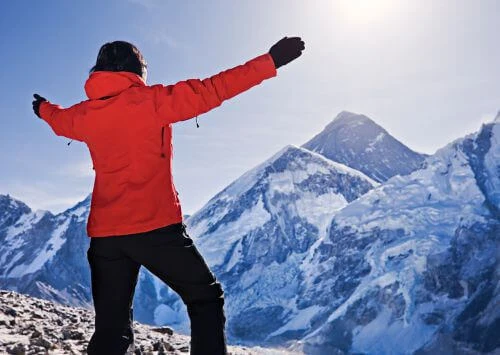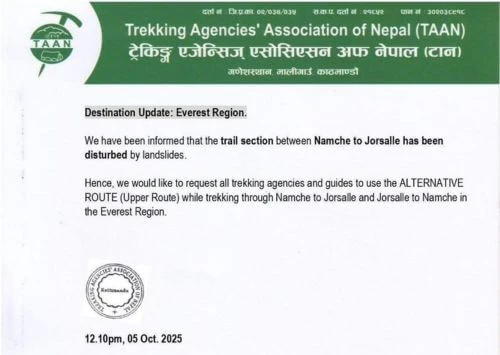Trekking Insurance – What to cover when Hiking at Altitude?
Trekking in the Nepalese Himalayans comes with several risks and that is the part of what makes it the adventure of lifetime. From a blister-covered foot to AMS, there is always a chance and element of risk. One of the most crucial factors to consider is to get right insurance so that these risks do not occur. In Nepal’s budding trekking industry, there are hundreds of insurance providers with many variants in the levels of cover they offer, that’s why we have compiled this guide covering the key things you need to look out when picking a policy.
Maximum Altitude.
You have to make sure that the maximum altitude of your trek is lower than the maximum altitude of the cover. Almost all companies offer hiking or trekking cover but aren’t always happy about altitude. In Everest Region, for instance, you should look for cover up to at least 6,000m, and for other trekking regions in Nepal, cover should be minimum 5,000 meter, but check your specific route and destination to be sure.
Identified Route.
Some insurers specify that you will only be covered when trekking at an elevation if you are following a pre-determined route. While you would not want to embark on a route nobody has taken, you would still have to check with the insurance company if they cover the route or not. Such clauses make it very difficult to make a claim. That’s why we recommend you to move on and find a new insurance agency.
Trek Duration.
The more time you spend in the mountains, the more chances you will have to hurt yourself (although once you’re acclimatized, the risks are reduced hugely). Some of the most hardcore treks, like the three high pass treks, might take longer. That’s why make sure that the maximum duration of your trek is still lower than the maximum length of the cover.
24 hours Emergency.
Complications when trekking, especially at higher elevations, can occur at any given time, day or night, and you might not be in the same time zone as your insurer. Given this, a policy that does not offer a 24-hour emergency assistance helpline will not be useful for you. That’s why, when you set off for your hike or trek, make sure you write these contact numbers down along with your policy details and keep them with you all the time.
Where You Are.
It is very common for travel insurers to only offer cover to those who have yet to leave their home country. However, if you are already overseas and looking to find insurance, you need to check this part very wisely. You have to be sure that the insurance company will do their homework on your trip in an event of a big claim.
It goes without saying, but it is always better to be safe first than to be sorry later. Make sure that you have a good travel insurance which covers all of the issues mentioned above if you plan on going on a trek/hike above 2500 meters in Nepal.





